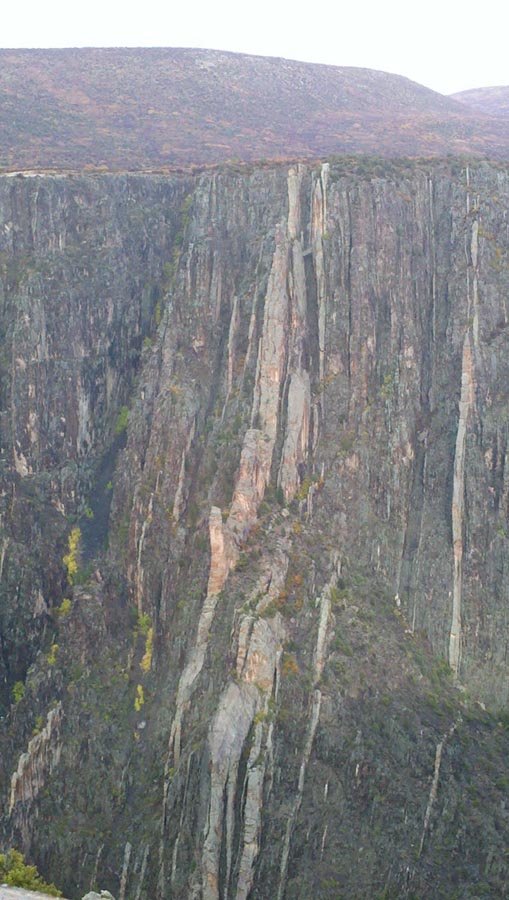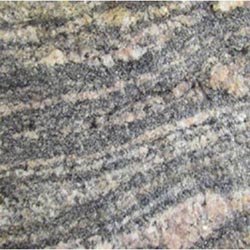Sign up for Lesson Plans, discounts & more!
Gneiss Formation

Gneiss-formation is the result of tremendous mountain building activity. It is not a one step process. The finished product is one of the most common metamorphic rocks in the Rocky Mountains. Besides its beautiful layered foliations, its history makes it a fun rock to hold in your hand and imagine where it’s been.
Where did it All Begin?
Gneiss is a metamorphic rock. Metamorphic rocks are rocks that
started out as one thing and transformed into something new. The word
tells the whole story: meta means “change” and morph means “form.”
So
let’s take a look at the changes that resulted in this transformed
rock. Perhaps we’ll find our way back to the parent rock where it all
began.
The Chain of Events
Gneiss started out as
schist, another beautiful rock abundant in the Rocky Mountains. Schist
is another metamorphic rock, however, so we’re not back to the original
parent rock yet. Schist started out as phyllite…and, yes, it too is a
metamorphic rock. No the original rock yet.
Next
Phyllite
started out as slate, the same slate that you might find on the floors
or the roof of your home. By now, I hope you’re wondering about slate.
You guessed it…slate is also metamorphic! Slate came from shale or
mudstone.
In The Begining
At last! We have arrived
at the original sedimentary rock that started it all! The next
question, then, is how did we get from sedimentary mudstone or shale to
the hard, layered gneiss that seems to be everywhere in the Colorado
Rockies? The question of gneiss-formation.

How Does It Do That?
Before
we trace the history, it is important to know that there are different
conditions that cause rocks to change or metamorphose. In fact, you can
probably guess two of the conditions. Let’s give it a try. All of the
metamorphism takes place deep below the surface of the earth. If that’s
true, what conditions would be present there? Pressure and heat!
It Takes 2
The
two basic types of metamorphism are contact metamorphism and regional
metamorphism. Contact metamorphism happens when hot magma spreads into
cooler rocks. The rock that is closest to the hot magma gets heated.
Minerals in the rock are changed to a new form. They melt or partially
melt and recrystallize into a form that is more stable at the new
temperature and pressure.
Bring The Heat
Magma, or
hot molten lava, sometimes spreads up from the core and the mantle,
creating a huge pocket of lava that is intensely hot and under immense
pressure. All the surrounding rocks are exposed to the heat and pressure
causing them to change. The closer to the heat and pressure the greater
the amount of change. This is called regional metamorphism.
Gneiss Schist
Schist,
which changes to gneiss, contains a variety of minerals, often
including shiny mica. It is fairly easy to split along layers and the
grains of the minerals are often pretty large. But when schist changes
to gneiss, those layers and minerals create clear lines in the new rock.
Often the lines are crystals of quartz. Where schist can be difficult
to identify because of all the variations that occur, gneiss is much
easier with the clear lines that are the result of the intense heat and
pressure of metamorphosis. That is the story of gneiss-formation.
The short version of gneiss-formation is here

INTERESTED IN MORE? IF SO, YOU MAY WANT TO CHECK OUT OUR OTHER SITES:
fossilicious.com - Our online fossil and mineral rock shop.
fossils-facts-and-finds.com - An educational site about fossils.











